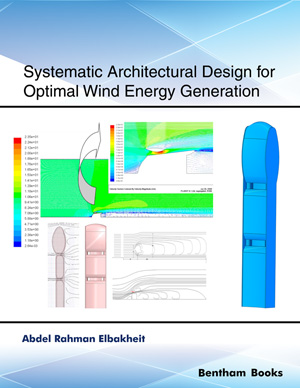Abstract
A building and urbanization project of one hundred multifamily dwellings in Spain is studied in detail and its ecological footprint (EF) determined. The same methodology is then applied to the construction of other ten projects that include detached, semi-detached and multifamily dwellings. The impact factors are grouped into: direct consumption (energy and water), indirect consumption (manpower and construction materials), waste, and land occupied directly. The manpower impact in building construction is mainly food intake and mobility (workers commuting to the construction site).
For construction material analysis, the project bill of quantities is employed; each material quantity is transformed into its corresponding embodied energy, and expressed in terms of EF. A similar analysis, but using empirical and statistical data, is performed with the power consumption on the construction site and the workers' mobility. The waste generated, which is municipal solid waste and construction and demolition waste, is included in the analysis. Finally, the land directly occupied by the construction project also has a footprint. In summary, each element that forms part of the construction project uses resources (energy, water, manpower, materials) or generates waste, giving rise to an EF. The most important impact in all cases analysed is the embodied energy of construction materials, almost 90%, followed by the food intake by the workforce, 5-9%.
The partial and global footprints obtained are: forest, food, energy, built land, and total EF.
Keywords: Absorption factor, Construction materials, Conversion factors, Dwelling construction, Ecological footprint, Electricity, Emission factor, Forest productivity, Food intake, Fuel, Fuel productivity factor, Productivity factors, Productive land, Standard productive territory, Water consumption, Worker mobility.












